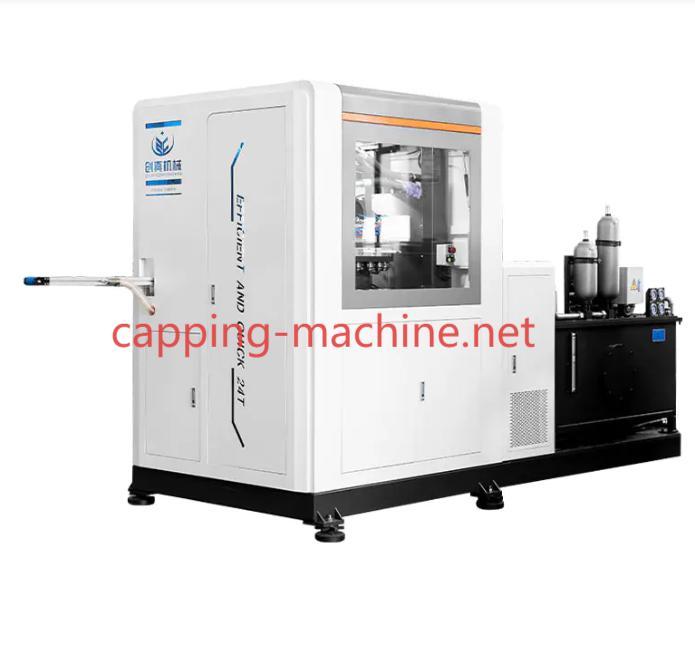From Manual Capping to Full Smart Automation

As production lines across multiple industries become more digitized, the integration of the Capping Machine into smart factory systems is no longer optional—it is a necessity. The Capping Machine today plays a pivotal role not just in sealing containers but in contributing to an intelligent, responsive manufacturing environment.
Increasing consumer demand for efficiency, customization, and product safety has put pressure on manufacturers to upgrade every aspect of their packaging process. From pharmaceuticals requiring tamper-evident sealing to beverage companies focusing on rapid turnaround with minimal error, industries are turning to automated capping systems that provide speed, flexibility, and precision. With machine learning and IoT now entering the mainstream, advanced capping systems are able to detect errors, auto-adjust for cap size variations, and sync in real-time with upstream and downstream processes.
Unlike traditional mechanical systems, modern capping solutions are designed with flexibility at their core. They can handle a wide variety of cap types—child-resistant, press-on, ROPP, or screw-on—with a single changeover. This rapid adaptability reduces downtime and allows manufacturers to stay agile in an environment where product cycles are shorter and SKU counts are growing.
The rise of Industry 4.0 is reshaping capping technology further. Many high-end systems come with touchscreen interfaces, embedded sensors, and predictive maintenance functions. These capabilities allow manufacturers to anticipate part wear, avoid bottlenecks, and minimize manual oversight. As a result, factories are able to scale faster while ensuring consistent output and lower operating costs.
Sustainability also factors heavily into the upgrade cycle. New capping models are engineered for low energy consumption and reduced material waste. Whether using eco-friendly caps or recyclable plastics, the system ensures precise application with no over-torqueing or misalignment, minimizing scrap rates. Furthermore, quieter operations and compact footprints contribute to better ergonomics and work environments.
This shift has also influenced the design requirements from machine builders. Customers now look for equipment that can seamlessly integrate into existing lines, support data collection, and adapt to both high-speed and low-volume production. Remote diagnostics, cloud-based control panels, and API-level integration with ERP systems have become new expectations in what used to be a mechanical operation.
Leading manufacturers such as Taizhou ChuangZhen Machinery Manufacturing Co., Ltd. have been instrumental in bringing these innovations to life. With a focus on intelligent automation and durable engineering, their capping machines are deployed across industries that require uncompromising performance—from personal care products to bottled water and household chemicals. Each machine is built to withstand the demands of continuous production while maintaining consistent sealing force and positional accuracy.
For companies looking to future-proof their packaging lines and embrace the next generation of capping systems, ChuangZhen offers solutions that blend reliability with innovation. Learn more about their latest models and technological capabilities by visiting their product showcase at: https://www.capping-machine.net/product/ .
- Art
- Causes
- Crafts
- Dance
- Drinks
- Film
- Fitness
- Food
- Jogos
- Gardening
- Health
- Início
- Literature
- Music
- Networking
- Outro
- Party
- Religion
- Shopping
- Sports
- Theater
- Wellness
